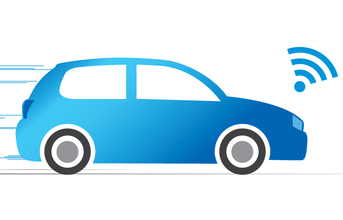
Such Machine-to-Machine (M2M) interaction presents a world of new mobility, new opportunities and new challenges for an emerging ecosystem of companies — from automakers and OEMs, through banking and financial services and insurance providers and retailers — to generate new streams of linear and nonlinear revenue, all the while providing a unique experience to customers.
Looking down the road
Connectivity solutions and embedded telematics present a market opportunity of over $20bn by 2025. Existing services may soon be superseded by V2V (Vehicle-to-Vehicle) and V2I (Vehicle-to-Infrastructure) technologies that will help millions of cars inter-communicate on traffic, safety and real-time information.
Pan-industry applications, like pay-by-insurance and advance tolling, will pave the way for further networked industry applications. The connected car business will thrive on the aforementioned factors if automotive majors, wireless carriers and engineering IT service providers form effective partnerships to build open platforms using technologies like LTE broadband, HTML5, virtual network computing and cloud computing.
Going forward, players across the ecosystem should be mindful of the following:
- A growing number of telematics mandates are being introduced by governments for services (like, e.g. the European Union's eCall initiative or stolen vehicle tracking).
-
Integration of advanced driver assist systems with V2V and V2I communication holds promise to reduce crashes.
-
The separation of services between smartphones and on-board communication devices will also reduce complexity with respect to connectivity provisioning.
-
Future connected car services may require combination of two or more wireless data communication technologies.
-
The development of sophisticated and integrated human machine interfaces to avoid driver distractions will become more viable as more cooperative systems become available.
Prasad Satyavolu who is the authorof this article, is Head of Innovation, Manufacturing & Logistics, Cognizant
END


























